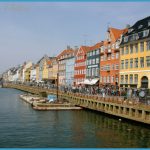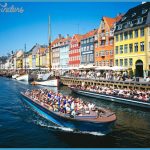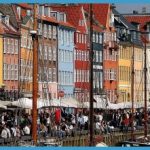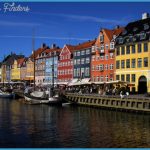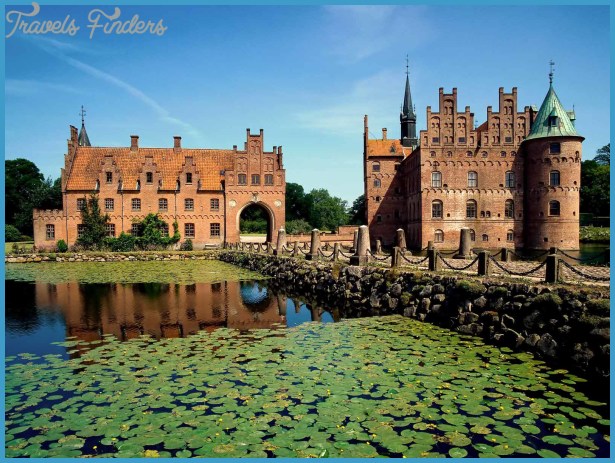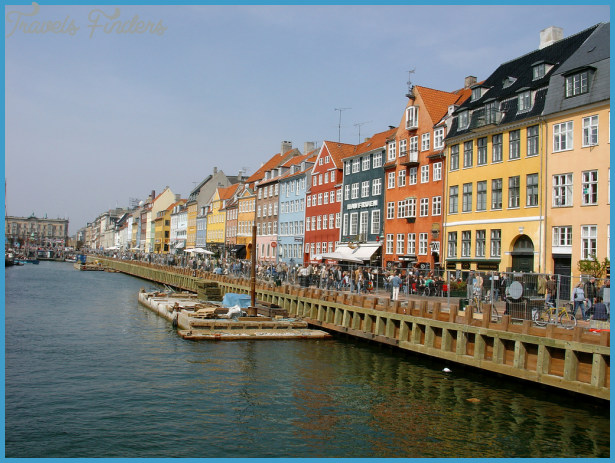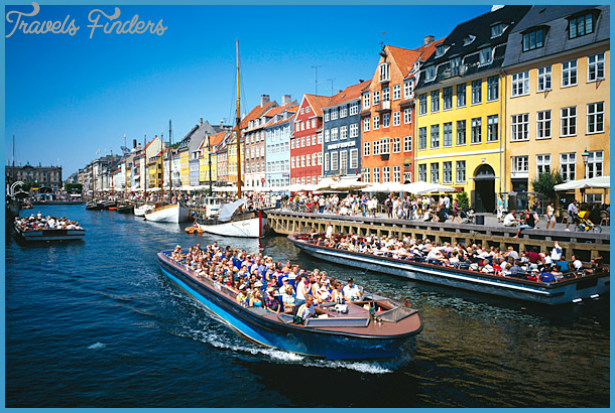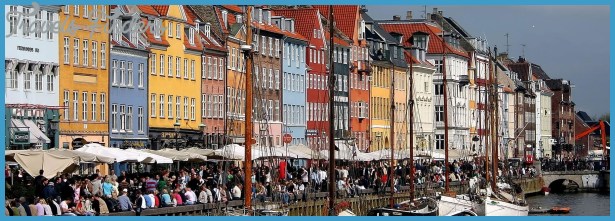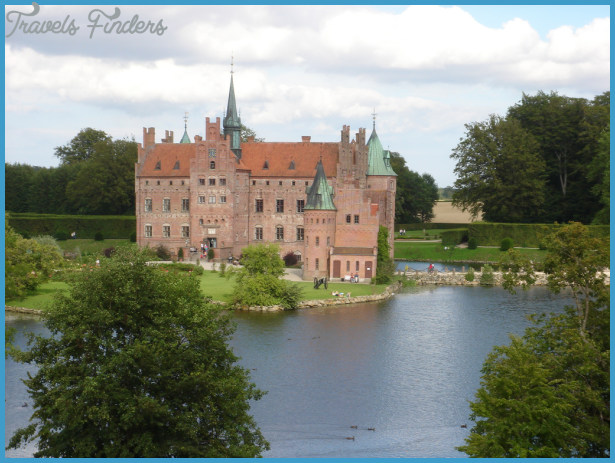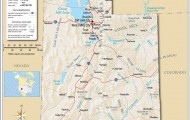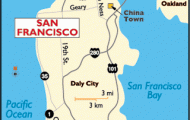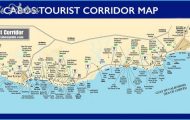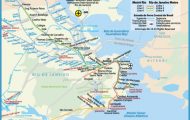Travel to Denmark
DOCUMENTS AND FORMALITIES
VISAS. EU citizens do not need a visa. Citizens of Australia, Canada, New Zealand, South Africa, and the US do not need a visa for stays of up to 90 days.
EMBASSIES AND CONSULATES: All foreign embassies in Denmark are in Copenhagen (262). Danish embassies abroad include: Australia, 15 Hunter St. Yarralumla, Canberra, ACT 2600 ((02) 62 73 21 95; fax 62 73 38 64). Canada, 47 Clarence St. Ste. 450, Ottawa, ON KIN 9K1 (613-562-1811; www.trade-comm.comdanish). Ireland, 121 St. Stephen’s Green, Dublin 2 ((01) 475 64 04; www.denmark.ie). New Zealand, 45 Johnston St. PO Box 10874, Wellington ((04) 471 05 20; fax 471 05 21). South Africa, PO Box 11439, Hatfield, Pretoria 0028 ((012) 430 94 30; www.denmark.co.za). UK, 55 Sloane St. London SW1X 9SR ((020) 7333 0200; www.denmark.org.uk). US, 3200 Whitehaven St. NW, Washington, D.C. 20008-3683 (202-234-4300; www.denmarkemb.org).
TRANSPORTATION
BY PLANE. Kastrup Airport in Copenhagen (CPH; www.cph.dk) handles international flights from cities around the world, mostly by Air France, British Airways, Delta, Icelandair, KLM, Lufthansa, SAS, and Swiss Air. Billund Airport (BLL; 76 50 50 50; www.billund-airport.dk) handles flights to other European cities. SAS (Scandinavian Airlines; US 800-221-2350; www.scandinavian.net), the national airline company, offers youth, spouse, and senior discounts to some destinations.
BY TRAIN AND BY BUS. The state-run rail line in Denmark is DSB; visit www.dsb.dkjourneyplanner to use their extremely helpful lijourney planner. Eurail is valid on all state-run routes. The Scanrail pass, purchased outside Scandinavia, is good for rail travel through Denmark, Finland, Norway, and Sweden, as well as many discounted ferry and bus rides. The Scanrail pass is also available for purchase within Scandinavia, with restrictions on the number of days spent in the country of purchase. See 49 for more info or visit www.scanrail.com or
www.railpass.comeurailpassesscanrail.htm. Remote towns are typically served by buses from the nearest train station. The national bus network is reliable and fairly cheap. You can take buses or trains over the 0resund bridge from Copenhagen to Malmo, Sweden.
BY FERRY. Railpasses include discounts or free rides on many Scandinavian ferries. The free Vi Rejser newspaper, at tourist offices, can help you sort out the dozens of smaller ferries that serve Denmark’s outlying islands, although the best bet for overcoming language barriers is just to ask at the station. For info on ferries from Copenhagen to Norway, Poland, and Sweden, see 263. For more on connections from Bornholm to Germany and Sweden, see 273, and from Jutland to England, Norway, and Sweden, see 277.
BY CAR. Roads are toll-free, except for the Storebaeltsbro (Great Belt Bridge; 210kr) and the Oresund bridge (around 220kr). Speed limits are 50kph (30mph) in urban areas, 80kph (50mph) on highways, and llOkph (68mph) on motorways. Service centers for motorists, called Info-terias, are spaced along Danish highways. Gas averages 6.50kr per liter. Watch out for bikes, which have the right-of-way. Driving in cities is discouraged by high parking prices and numerous one-way streets. For more info on driving in Denmark, contact the Forenede Danske Motore-jere (FDM), Firskowej 32, Box 500,2800 Kgs. Lyngby (s 7013 30 40; www.fdm.dk).
BY BIKE AND BY THUMB. Flat terrain, well-marked bike routes, bike paths in the countryside, and raised bike lanes on most streets in towns and cities make Denmark a cyclist’s dream. You can rent bikes (55-65kr per day) from some tourist offices, rental shops, and a few train stations. The Dansk Cyklist Forbund (Danish Cycle Federation), Rpsmersg. 7, 1362 Copenhagen K ( 33 32 31 21; www.dcf.dk), can hook you up with longer-term rentals. For info on bringing your bike on a train (which costs 50kr or less), pick up Bikes and Trains at any train station. Hitchhiking on motorways is illegal and uncommon. Let’s Go does not recommend hitchhiking as a safe means of transport.


